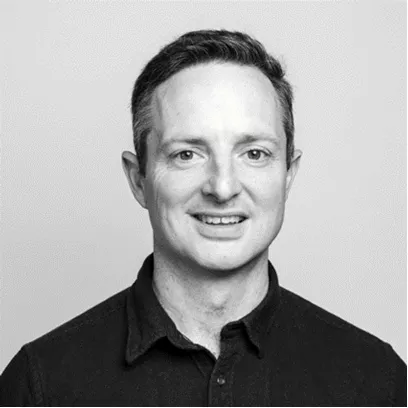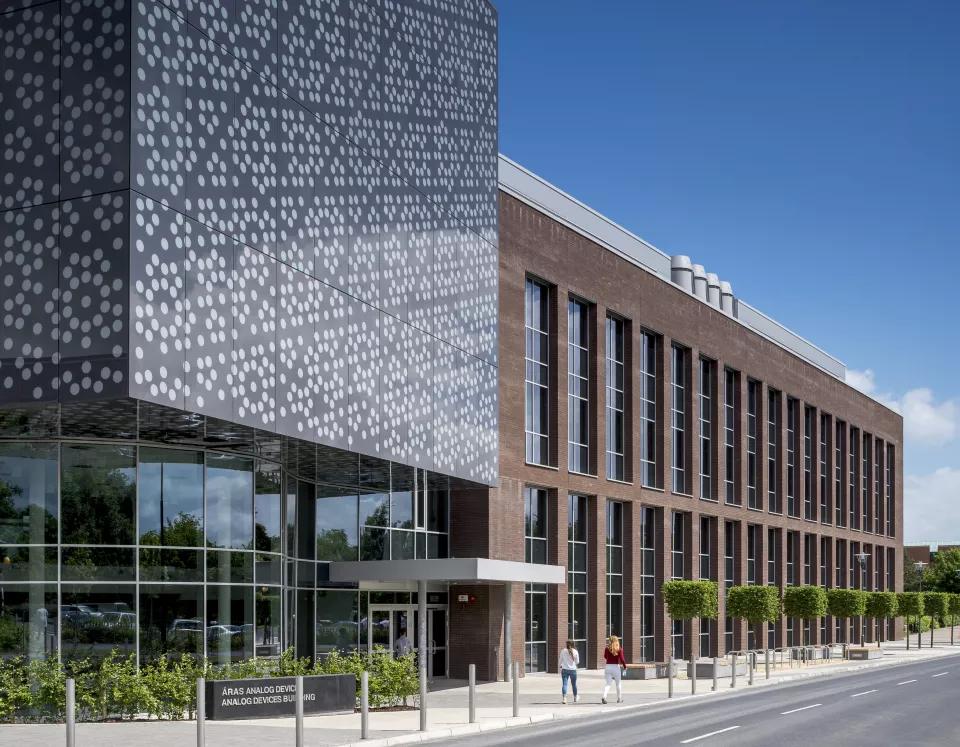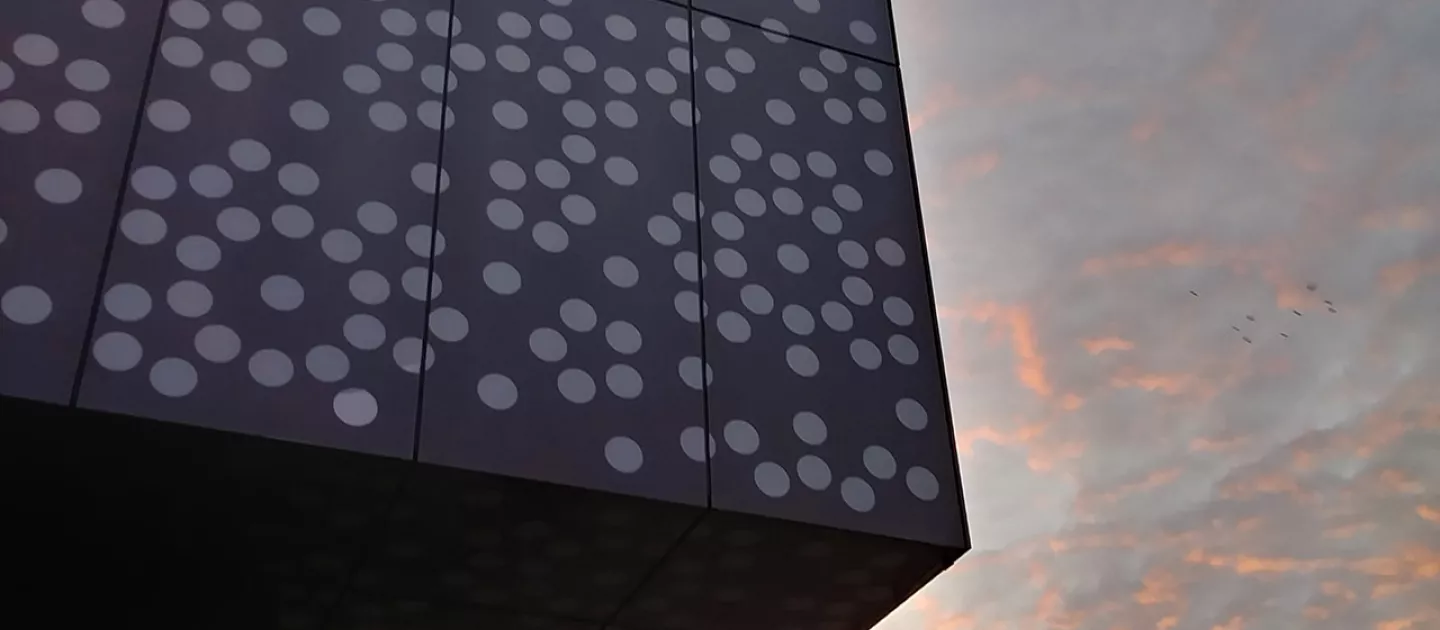
Our Vision is to become the leading international research institute for the scientific design and manufacture of structured materials to meet global challenges, particularly in the areas of health, energy and the environment.
Our Mission is to develop disruptive technologies related to Health, Energy and Environment that will create a legacy of scientific achievement in structured materials research that benefits future generations.
As Director, it's my privilege to extend a warm greeting to all collaborators, stakeholders and visitors, who engage with our institute. At the Bernal Institute, we are dedicated to pushing the boundaries of scientific exploration and technological innovation in materials science and engineering.
Our institute is a beacon of excellence in research, education, and industry collaboration at the University of Limerick. Situated within the vibrant academic community of the University of Limerick, we are proud to foster an environment that encourages interdisciplinary collaboration and fosters creativity. At the heart of our endeavours lies a commitment to advancing knowledge and addressing the grand challenges facing society today. From sustainable energy solutions, environmental impact to advanced healthcare technologies, our research spans a diverse array of fields, all with the common goal of making a positive impact on the world. As a pioneer in chemical nanotechnology, I am particularly excited about the opportunities that lie ahead. The convergence of chemistry, physics, and engineering opens up new avenues for discovery and innovation, and our team of dedicated researchers are at cutting edge of this endeavour.
Our work extends beyond the laboratory, through partnerships with industry, government, and academia, we are translating our research findings into real-world applications that benefit society and drive economic growth for years to come.
I invite you to explore our website and learn more about the ground-breaking work taking place at the Bernal Institute. Whether you are a prospective student, a potential collaborator, or simply curious about the world of materials science, we welcome your interest and involvement.
The Bernal Institute is the largest Materials research institute at the University of Limerick. It was named after John Desmond Bernal, one of Ireland’s most influential 20th Century scientists from Nenagh, Co. Tipperary. His research included the first x-ray diffraction pattern of a protein and ground breaking work on the structure of viruses and proteins which lead to the foundation of molecular biology. This development fundamentally changed the focus of biochemical research and the understanding of biological activity.
As a testament to John Desmond Bernal on the South-Eastern corner of the building there is a captivating feature of a large glazed cube demonstrating an external portrayal of some of the research activities within the Institute. The Cube represents the foundational unit cell of a crystal, and the pattern itself signifies the unique and non-repeating structure of quasicrystals, a discovery that earned the Nobel Prize in Chemistry in 2011. The Cube houses a 200 seater lecture theatre. John Desmond Bernal had a significant influence on his students Rosalind Franklin, Aaron Klug, Dorothy Hodgkin and Max Perutz. Dorothy Hodgkin and Max Perutz who were Nobel Prize Laureates for their work on the determination of the structures of biological interest using X-ray crystallography. He also supervised other notable figures on the structure of materials such as Alan Mackay and Alexander Wells.
John Desmond Bernal was known as the Sage to his fellow students (@cambridge) but as Max Perutz stated "When I was a student I wanted to solve a great problem in biochemistry. So one day I set out from Vienna, my home town, to find the Great Sage of Cambridge. We really did call him the Sage, because he knew everything, and I became his disciple"
-
For further information on John Desmond Bernal you can find it through a 2005 biography of John Desmond Bernal : by Andrew Brown.
-
Article - The Irish Times, October 11, 2001.
-
Article - The Irish Times, August 30, 2021


